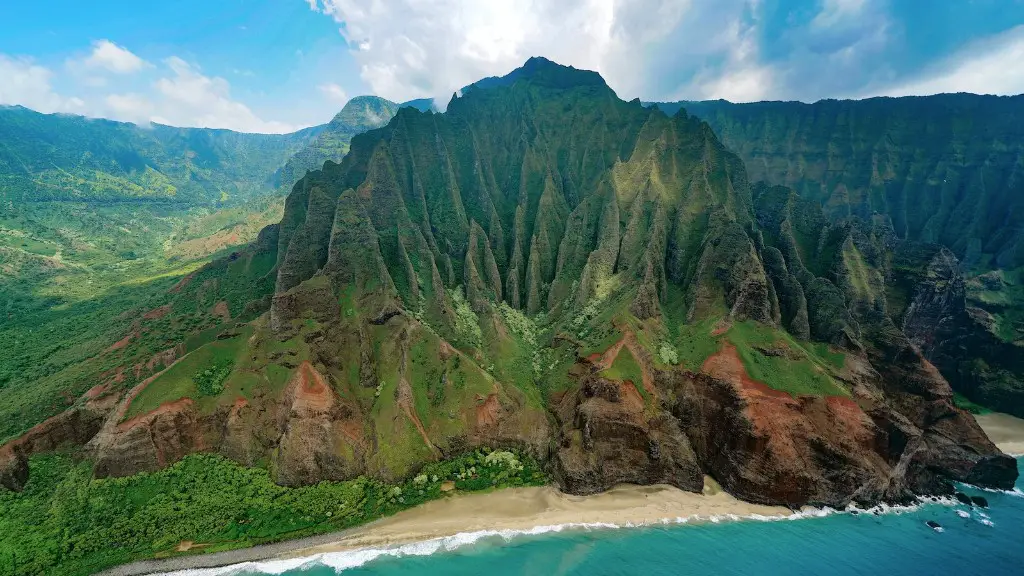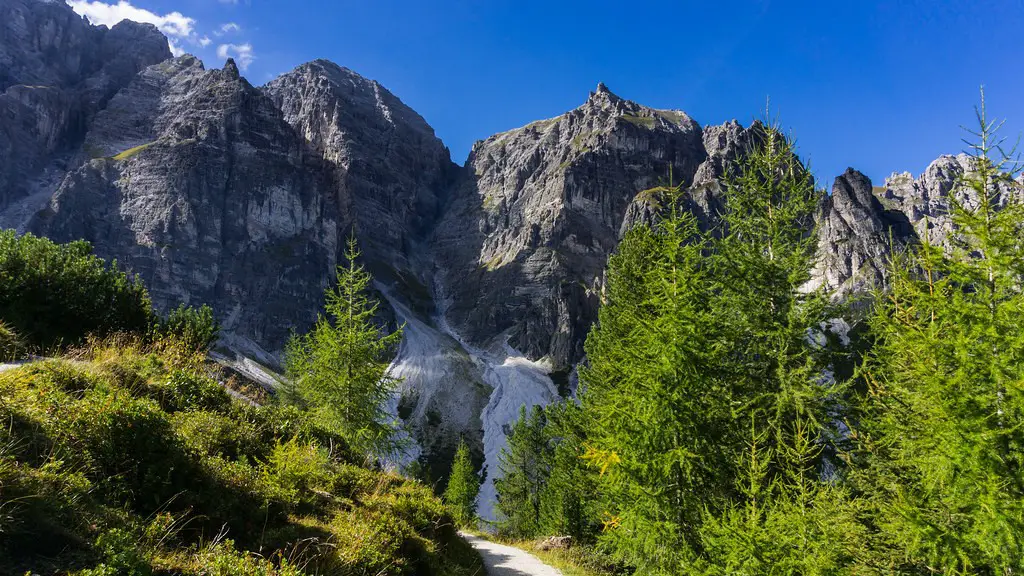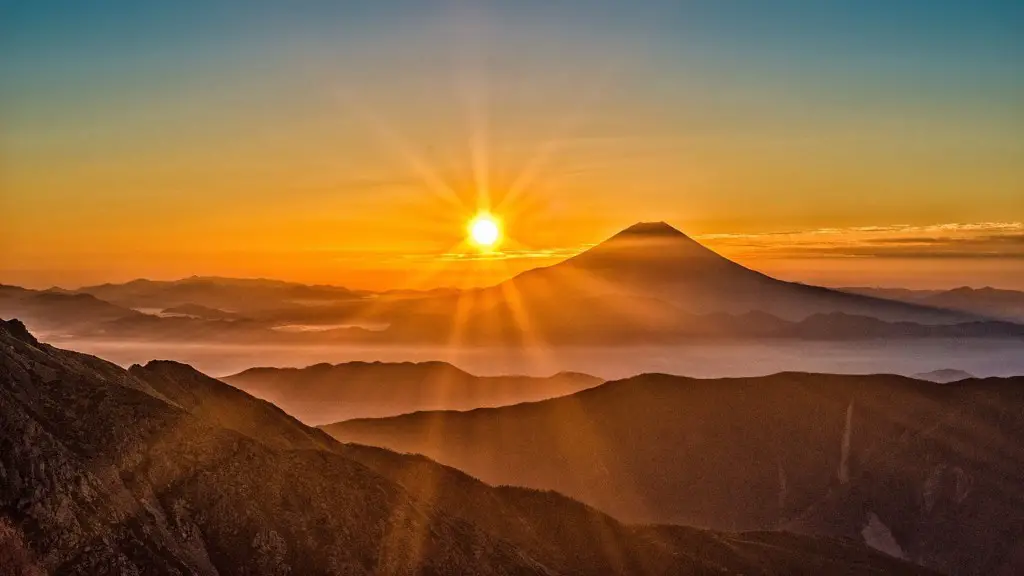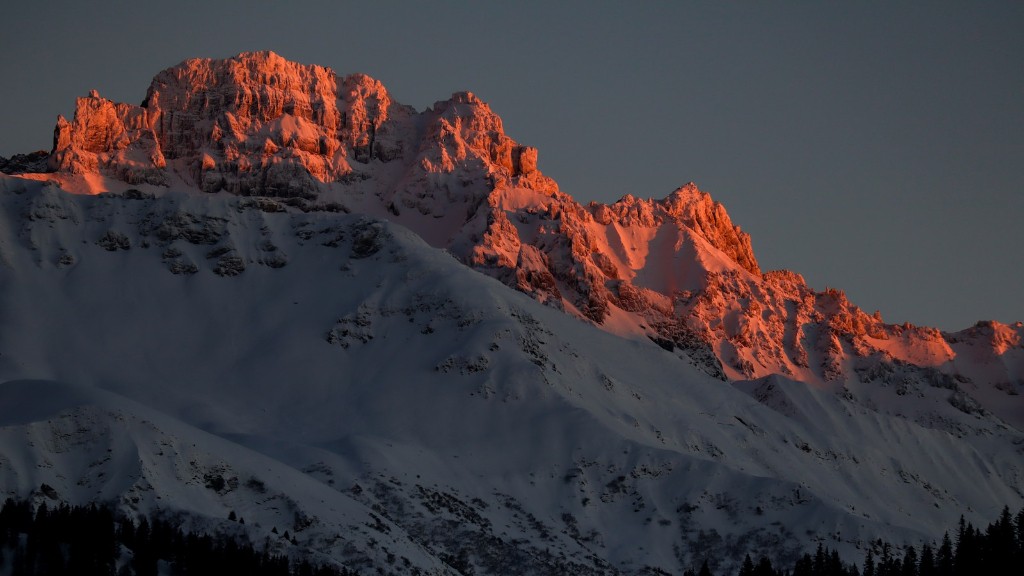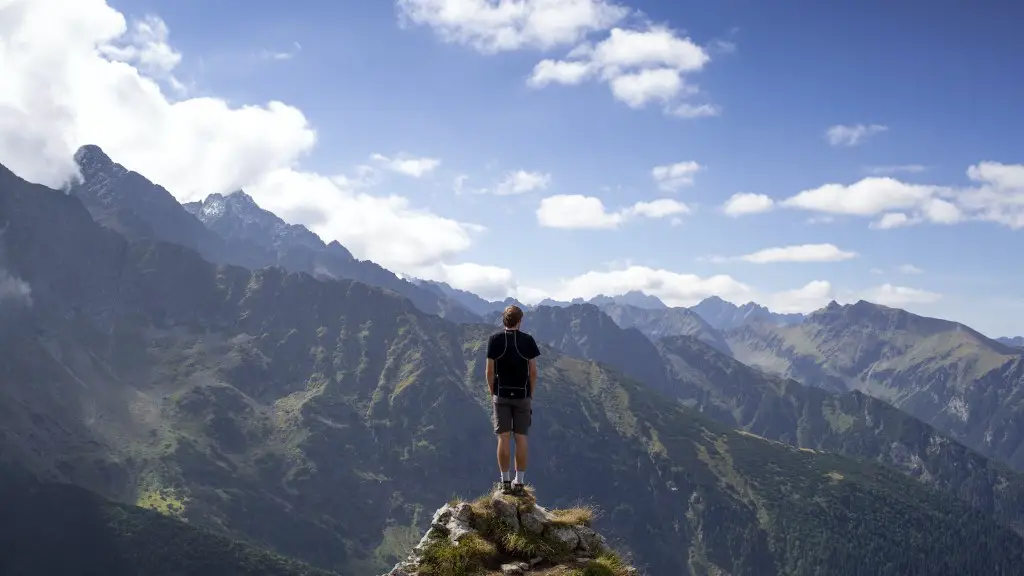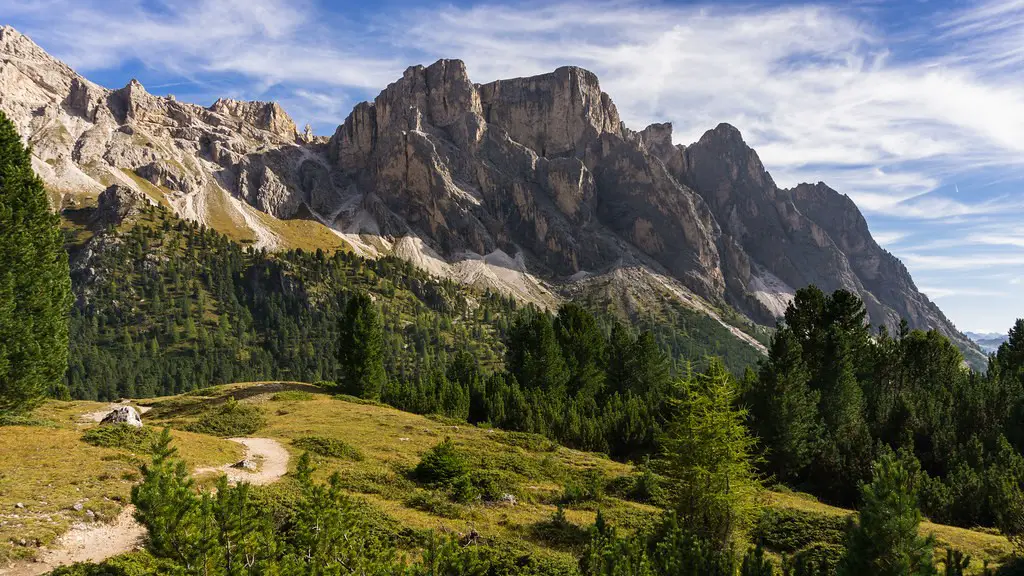The answer to this question depends on what kind of experience you are looking for and how much you are willing to spend. If you are looking for a more traditional Japanese experience, there are a few ryokan (Japanese inns) in the Fuji Five Lakes region that offer stunning views of Mt. Fuji. However, these can be quite expensive. If you are on a budget, there are a few hostels and camping options in the area as well. No matter where you stay, be sure to get an early start on your climb to catch the sunrise from the summit!
There are many different places to stay before climbing Mount Fuji, but some of the most popular include the Five Lakes Region, Mount Fuji National Park, and the town of Fujinomiya.
Where to stay before hiking Mount Fuji?
If you’re planning on climbing Mount Fuji, treat yourself to a night at the HOTEL MYSTAYS Fuji Onsen Resort. Not only is it closer to the starting point, but its onsen has a perfect view of the mountain. Plus, you’ll wake up to a delicious buffet breakfast including items like eggs Benedict.
Fujinomiya is a beautiful city located between Tokyo and Kyoto. It is the closest city to the majestic Mount Fuji and is a great place to visit if you are looking to get away from the hustle and bustle of the big cities. The city is home to many parks and museums and is a great place to relax and enjoy the scenery.
What to do before climbing Mt. Fuji
Climbing Mount Fuji is an iconic experience and one that should be on every adventurer’s bucket list. Here’s our beginner’s guide to help you plan and prepare for your own Mount Fuji climb.
1. Choose your Mount Fuji trail. There are four main trails to the summit of Mount Fuji, each with its own unique characteristics. Do your research to decide which trail is right for you.
2. Decide the day and time to climb Mount Fuji. The best time to climb Mount Fuji is during the official climbing season, which runs from early July to early September. Avoid weekends and holidays if possible, as the trails will be very crowded.
3. Book a mountain hut. If you plan to stay overnight on the mountain, you’ll need to book a spot in one of the mountain huts. These huts fill up quickly, so make your reservation well in advance.
4. Educate yourself on altitude sickness. Climbing to the summit of Mount Fuji means gaining a significant amount of altitude. Be sure to educate yourself on the signs and symptoms of altitude sickness, and how to prevent it.
5. Prepare the proper clothing and equipment. Make sure you have the proper clothing and equipment for the conditions you
Fujisan Hotel is a Japanese hotel located in the town of Fujisan, Japan. The hotel has a total of seven floors and is located near the base of Mount Fuji. The hotel offers a variety of services and amenities, including a restaurant, a bar, a business center, and a fitness center. The hotel also offers a variety of room types, including standard rooms, suites, and deluxe rooms.
What month is best to hike Mount Fuji?
The best time to climb Mt. Fuji is during the official climbing season, which runs from early July to mid September. During this period, the mountain is usually free of snow, the weather is relatively mild, access by public transportation is easy, and the mountain huts are operating.
I reassured her that Mount Fuji is known to be a beginner-friendly mountain and that out of the four possible trails–Yoshida trail, Subashiri trail, Gotemba trail and Fujinomiya trail–we had specifically chosen the “easiest” Yoshida trail.
Is it worth to stay in Mount Fuji?
If you want to see Mount Fuji, it’s worth it to stay a few nights in one of the towns at the foot of the mountain. You can find a Ryokan (traditional Japanese inn) that fits your needs, whether you’re looking for luxury, the great outdoors, or a combination of both.
The journey from Tokyo to Mount Fuji via Gotemba is a little over 2 hours by train. To get there: Take JR Tokaido line for Kozu from Tokyo Station, using your JR Pass.
Can you take the bullet train from Tokyo to Mt. Fuji
The Limited Express Fuji Excursion is a direct train that runs from Shinjuku to stations including Otsuki, Mt Fuji, and Kawaguchiko. The journey takes around 115 minutes and costs JPY4130.
The ascent to the top of Mt Fuji is relatively easy as long as you’re in good shape. There are a few challenging parts which are steep and rocky but they are not frequent. The main challenge is the altitude which can cause climbers problems, especially those with little climbing experience.
Do you need oxygen for Mt. Fuji?
Most people don’t climb with oxygen because they don’t need it. If you feel like you’re getting altitude sickness, it’s best to go down to a lower altitude. Some bodies simply can’t adjust to higher elevation and altitude sickness can be deadly, so be sure to listen to your body.
Mount Fuji is a popular destination for climbers from all over the world. The mountain was once free to climb, but the donation-based entrance has since turned into a mandatory fee, helping to protect and maintain the trails. The climbing pass now costs around ¥1,000 – less than $10. Buses from Kawaguchiko train station to the 5th Station cost 1,500 Yen one-way (Around $11).
Are there toilets on Mount Fuji
The toilets on Mt. Fuji are very different from the ones we are used to at home. They are ecological toilets that use oyster shells, sawdust, and other natural materials to break down waste.
During the climbing season, you can use the toilets at the mountain huts as well as the public toilets. Just be aware that the public toilets may be busy, so it’s always good to have backup options!
Climbing Mount Fuji is an incredible and popular experience, but it can be costly. Depending on how you choose to do it, you could spend upwards of $1000 USD. Here is a breakdown of some of the potential costs:
Resting in the huts: $10-20 USD per person per hour
Overnight stay in the huts: $50-70 USD per person (depending on whether meals are included)
Guide: $350-450 USD per person (including an overnight stay in the hut)
How much do huts cost Mount Fuji?
The prices for mountain huts can vary depending on the weather conditions and if you want to make a reservation, it is best to do so in advance. On average, the prices for mountain huts are around 5,500 yen to 8,000 yen to stay overnight.
When climbing Mt. Fuji, it is important to be properly equipped with rainwear, cold protection, a head lamp, and a map. You should check your equipment before departure to make sure you have everything you need. climbing above 3,000m in altitude can be dangerous, so it is important to be prepared for a sudden change in weather or an unexpected delay in descent.
Conclusion
There are many places to stay before climbing Mount Fuji, but the most popular place to stay is at the base camp called the Fifth Station.
The most important thing to consider when deciding where to stay before climbing Mount Fuji is how close you want to be to the mountain. If you are staying in Tokyo, you will want to be as close to the mountain as possible so you can get an early start on your climb. There are many hotels and hostels in the area that offer great accommodations and are close to the mountain.
